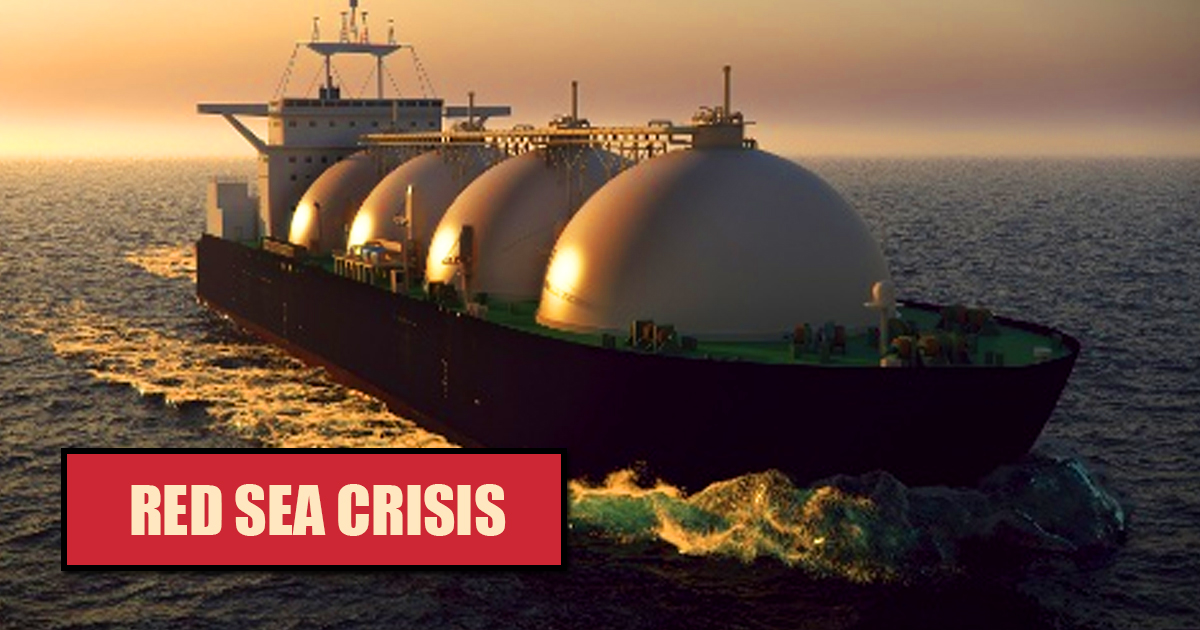
Context: Amid escalating Houthi attacks near the Bab-el-Mandeb strait in the Red Sea, India has rerouted its fuel exports to Europe via the Cape of Good Hope, circumnavigating Africa. Source: IE
- The Red Sea route is the most direct path to Europe from India, facilitating approximately 12% of global trade and 30% of global container traffic.
- While the Cape of Good Hope route is considered safer, it involves higher risk premiums, longer voyage times (by about 15-20 days), and increased freight costs, all of which impact shipping efficiency.
- Despite the disruption, Russia’s crude oil exports to India via the Red Sea remain unaffected due to Russia’s alignment with Iran, which supports the Houthi movement.
Impact on India’s Fuel Exports
- Decline in Exports to Europe: The Red Sea route handles nearly 24% of India’s exports and 14% of its imports. The Houthi attacks have led to a significant 25% reduction in petroleum exports between July-December 2023 and January-June 2024, according to Kpler analytics.
- Strategic Shift to Asian Markets: India is increasingly focusing on Asian and Australian markets to compensate for the decline in European trade.




